Smart homes were supposed to make our lives easier, but for many homeowners, they’ve added a new layer of stress, maintenance, and decision fatigue. Every doorbell, thermostat, and appliance now comes with its own app, update schedule, and mysterious error messages. What was once a simple task—adjusting the temperature, turning on a light—has turned into an ongoing relationship with your smartphone. While some gadgets do improve comfort or efficiency, others can feel like they’ve made homeownership a never-ending tech support job.
1. Smart thermostats
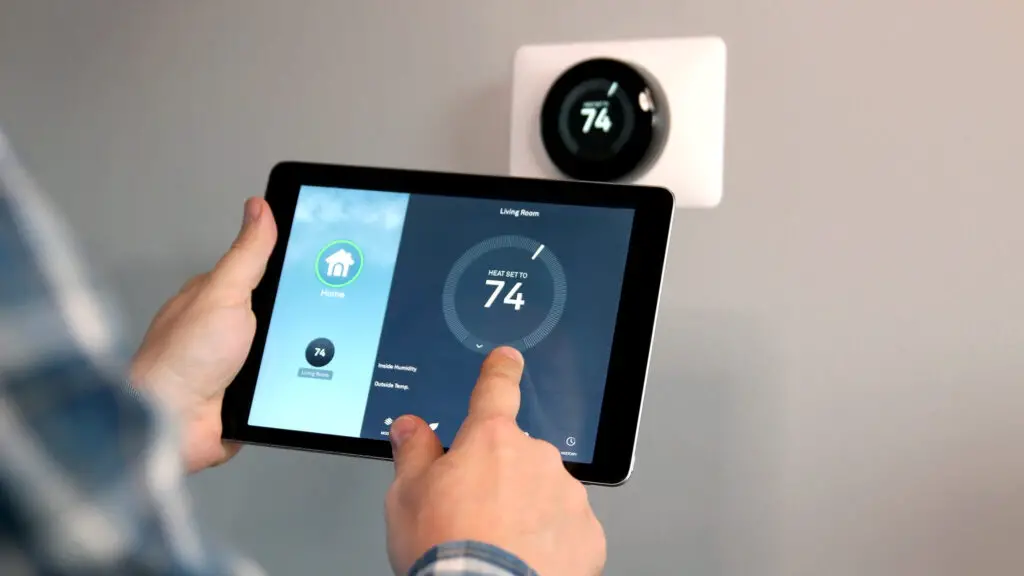
Smart thermostats like the Nest or Ecobee promise savings and efficiency, but managing them can be surprisingly time-consuming. As noted by Forbes, improperly programmed thermostats can actually increase energy costs rather than reduce them. Between creating temperature schedules, updating firmware, and navigating learning algorithms, many users end up confused or frustrated. And when they glitch, you may find yourself sweating it out on hold with customer service.
These thermostats can also conflict with older HVAC systems or need expert installation. Homeowners expecting a plug-and-play solution often end up with unexpected repair calls. There’s also a learning curve to balancing comfort and efficiency. All of a sudden, managing your home’s temperature feels like you need an engineering degree.
2. App-controlled lighting systems
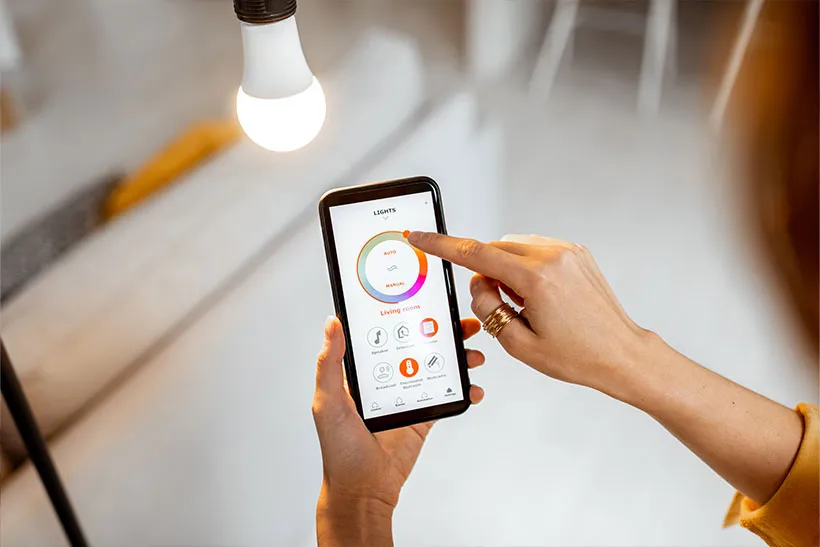
Lighting systems like Philips Hue or Lutron Caseta let you control every bulb from your phone—but they come with complexity. According to Zillow, many buyers are intrigued by smart lighting, but also express concerns about long-term usability. You’ll need to keep your Wi-Fi strong and stable, manage scene settings, and troubleshoot connectivity issues when bulbs go offline. If your internet is down or the app crashes, so do your lights.
Even simple actions, like turning off a lamp, can become a multi-step process. You might find yourself endlessly adjusting settings just to get the right dim level. It’s especially annoying when guests can’t figure out how to turn on a light switch. Suddenly, your home becomes a tech puzzle for anyone who doesn’t live there.
3. Robot vacuums
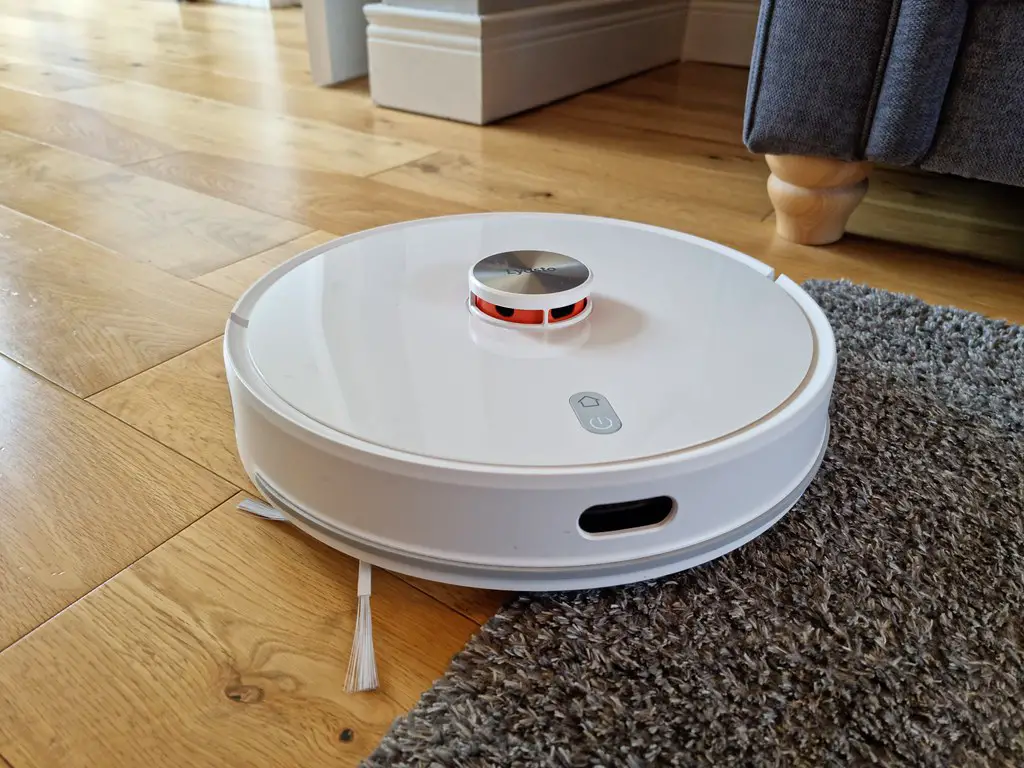
Robot vacuums like Roomba or Roborock are marketed as hands-free cleaning solutions, but that’s only partially true. As noted by Forbes, these devices often require constant maintenance, from emptying bins to detangling hair from rollers. Maps need updating, boundaries must be set, and heaven help you if it gets stuck under a couch. You’ll spend more time babysitting it than you expected.
They also struggle with clutter, cords, and transitions between surfaces. If you live in a busy household, you’ll constantly be prepping the space so the robot can actually do its job. It’s a tool that needs your help more often than you’d think. The “automated” cleaner ends up needing its own care schedule.
4. Video doorbells
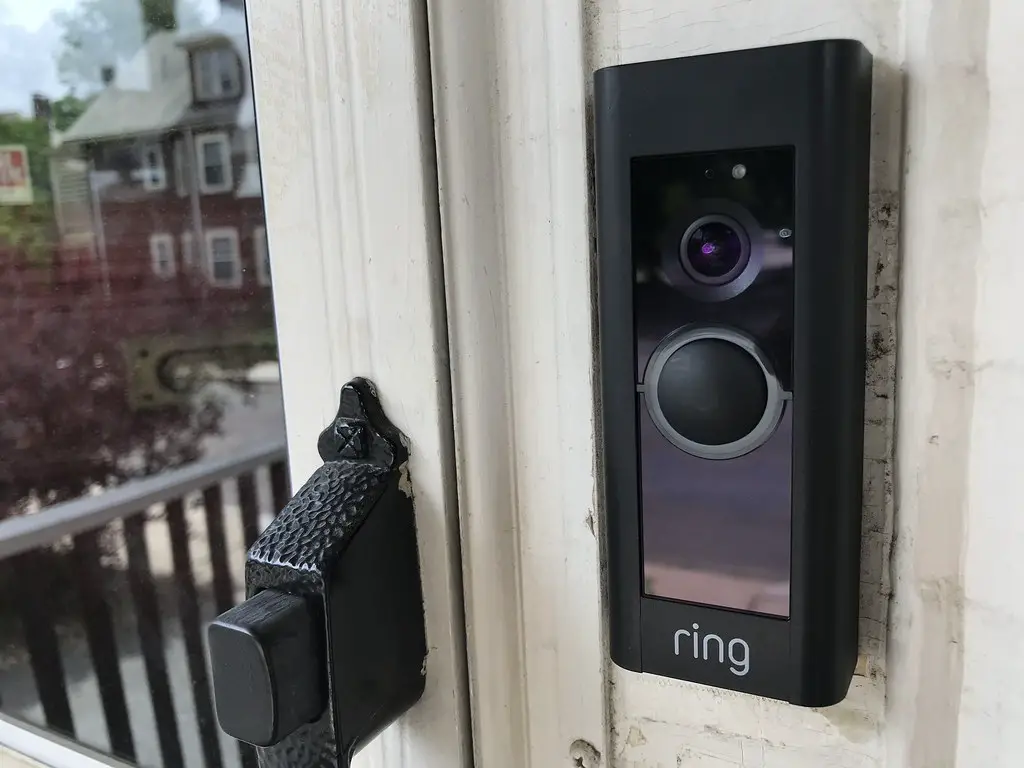
Ring and other video doorbells offer peace of mind—but they also create an endless stream of notifications and data to manage. According to Zillow, some homeowners report feeling overwhelmed by the constant alerts and footage review. You’ll be notified every time a car drives by or a squirrel scampers past. Then there’s the responsibility of storing and managing hours of security footage.
On top of that, the doorbell needs frequent app updates, battery changes, and Wi-Fi calibration. If there’s a glitch, you could miss an important delivery or visitor. And you may find yourself feeling more anxious, not less, watching your front door on replay. What started as a safety feature becomes yet another item on your digital to-do list.
5. Smart fridges
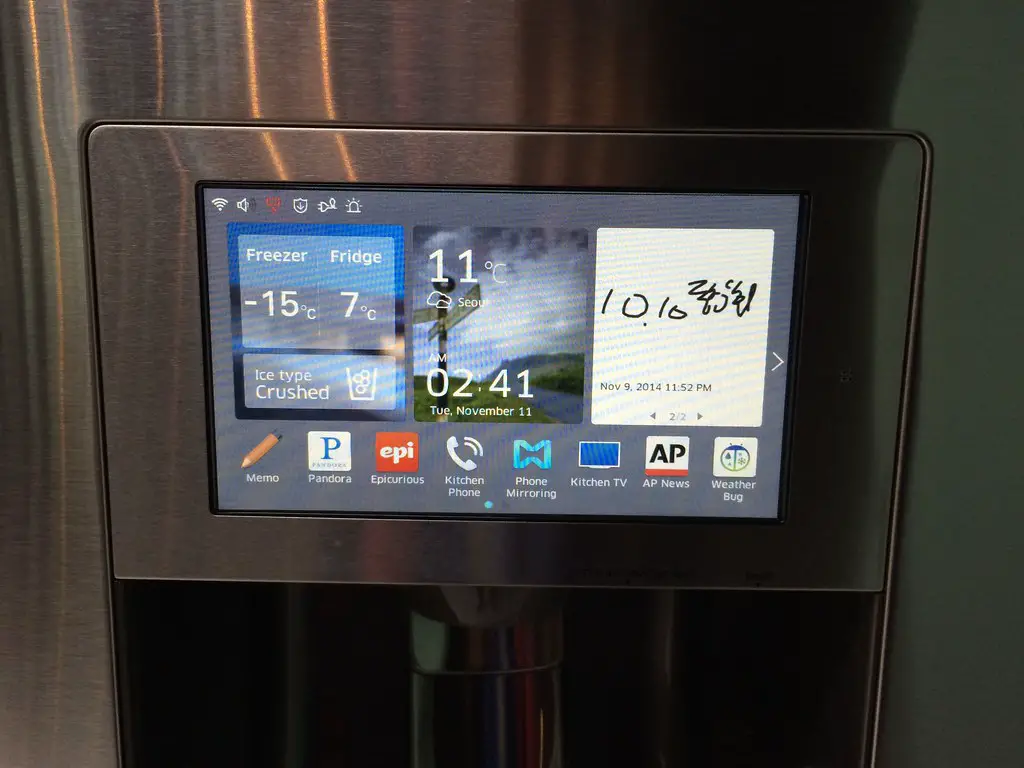
Smart refrigerators sound futuristic—touchscreens, inventory tracking, recipe suggestions—but most homeowners use about 5% of their features. Setting them up properly can take hours, and connecting them to apps often feels clunky. When Wi-Fi fails or software updates stall, even basic tasks like checking the temperature can get complicated. And when they break, repairs can be pricier due to the added tech.
You may also spend too much time customizing settings or updating grocery lists that no one else in the house uses. The fridge becomes more like a needy tablet than a cold storage unit. Plus, when features become outdated, you’re stuck with a giant reminder of tech that didn’t age well. It’s a classic case of over-promising and under-delivering.
6. Whole-home speakers
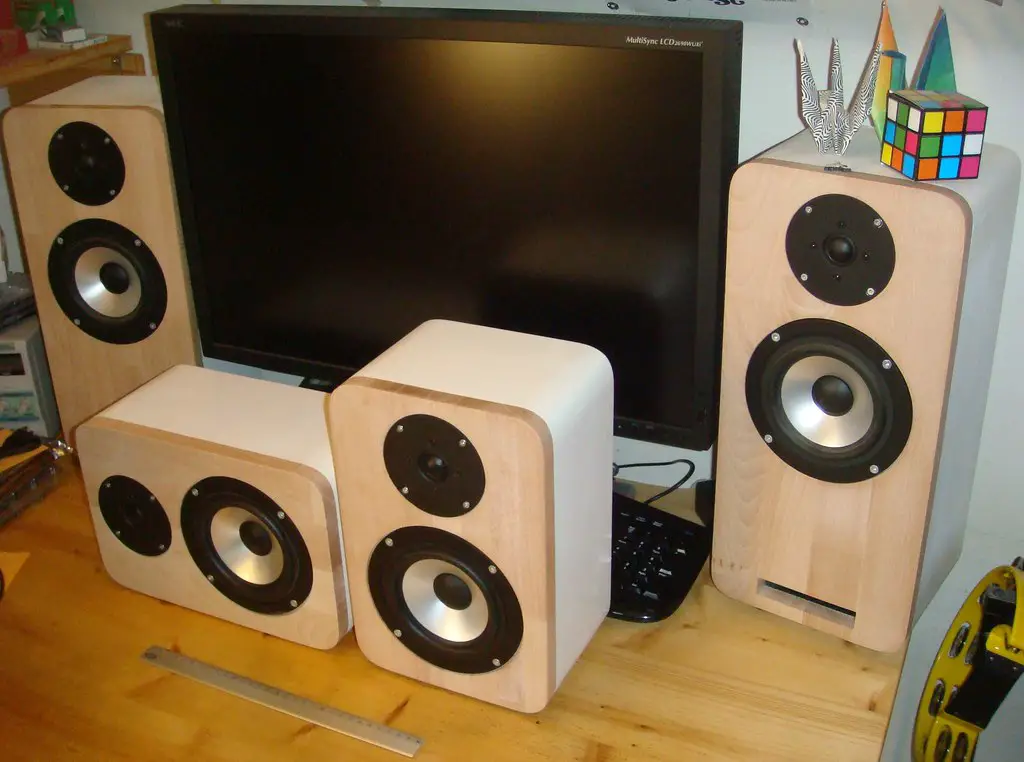
Smart speakers like Sonos or Amazon Echo make great sound easy—until you’re managing a whole network of them. Grouping speakers, syncing audio, and troubleshooting connectivity becomes a routine chore. You’ll also deal with app conflicts and updates that affect how your music plays. Some systems forget group settings or lose signal if your internet dips.
What should be a background feature quickly becomes front and center. You may find yourself Googling fixes or rebooting devices just to play your playlist. Guests might struggle to understand the system, too. At that point, you’re less of a host and more of a DJ-tech support hybrid.
7. Wi-Fi-enabled sprinkler systems
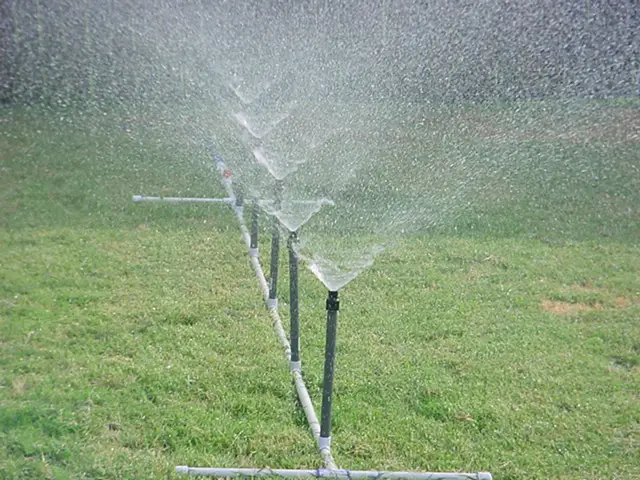
These systems help you water your lawn more efficiently, but only if you keep up with app settings, firmware updates, and zone calibration. They often require integration with local weather services, which means they’ll glitch if data is incorrect. You might end up overwatering or underwatering if you forget to check the app. When they malfunction, you’ll have to either do a manual override or call in a specialist.
They also assume you know a fair bit about landscaping and soil needs. A traditional timer might be more foolproof. These systems can feel less like smart gardening and more like project management. It’s irrigation with a side of IT.
8. Smart locks
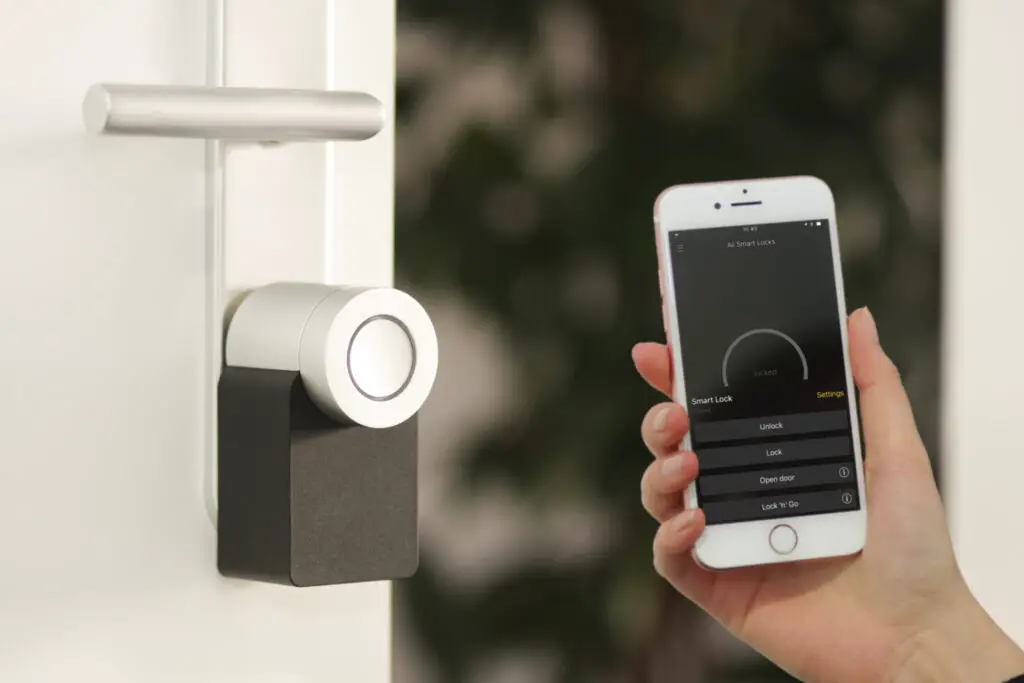
Smart locks promise keyless convenience, but many users deal with sync issues, low battery warnings, or lockouts. You’ll need to manage access codes, monitor usage logs, and make sure the app is working at all times. If your phone dies or loses service, good luck getting inside. And when power or Wi-Fi goes out, things can get dicey.
Guests and house sitters might struggle with unfamiliar systems. You’ll spend more time giving instructions than handing over a spare key. Some locks don’t integrate well with existing doors or hardware, either. What used to be simple—turning a key—is now another daily system to manage.
9. Connected ovens and ranges
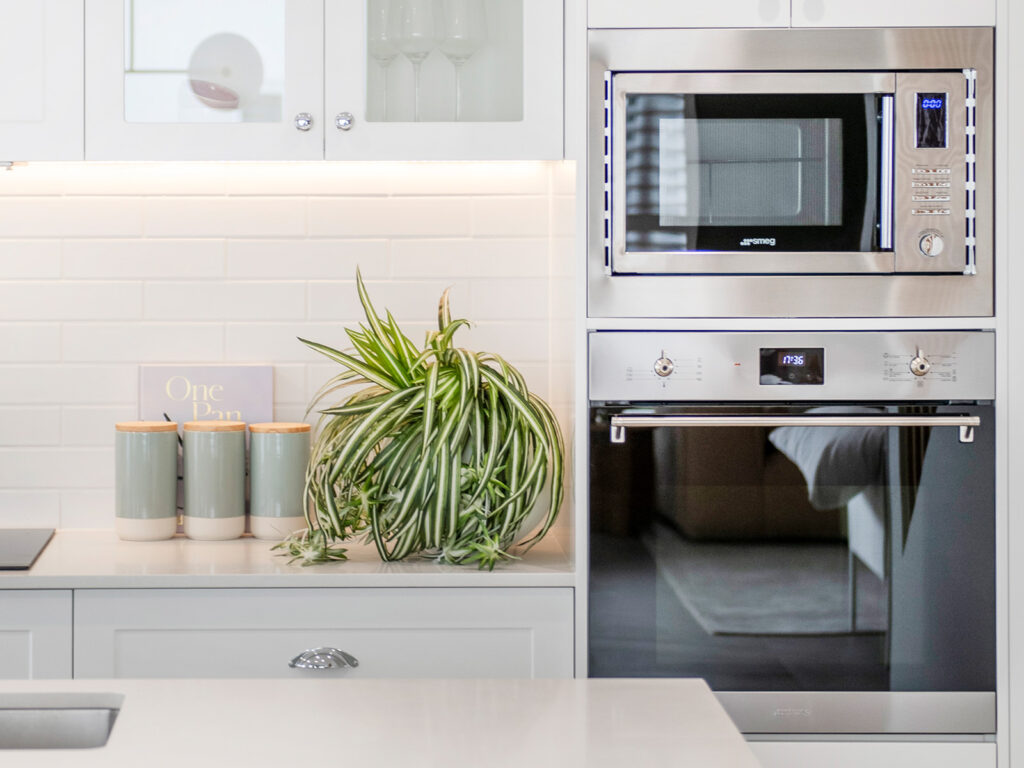
Smart ovens can preheat remotely and offer recipes via apps, but they’re often overcomplicated. You’ll need to calibrate settings, sync devices, and sometimes deal with unreliable voice commands. Firmware bugs can cause delays or failed functions right when you need them most. And if the app disconnects, so does your dinner plan.
There’s also a safety concern—what happens if a preheat is triggered accidentally? Not everyone in the household may be able to use the smart features either. Traditional knobs start to look more appealing. Instead of simplifying cooking, smart ovens can make it feel like tech troubleshooting with a side of food.
10. Smart mirrors

These gadgets promise lighting adjustments, weather forecasts, and even fitness coaching—but they come with a hefty upkeep. Many require daily updates or subscriptions for premium features. Screen smudges and sensor errors become regular annoyances. And once the novelty wears off, you’re left with a mirror that needs its own user manual.
They also tend to fail quietly—one day the lights won’t turn on, or the interface freezes. A regular mirror suddenly seems a lot easier. These are more about show than substance in most homes. If you’re not tech-savvy, the mirror might end up being an expensive wall ornament.
11. Voice assistants

Alexa, Google Assistant, and Siri promise to streamline your life—but only if you phrase every command just right. Miscommunications, misunderstood accents, and awkward phrasing can turn simple tasks into frustrating back-and-forths. You’ll also need to constantly update privacy settings and monitor what’s being recorded. And good luck when they start answering questions you didn’t even ask.
They also rely on consistent internet and power. Without those, your smart home grinds to a halt. You may also find yourself correcting the assistant more than benefiting from it. That’s not exactly the time-saver we were promised.
12. Pet cameras and feeders
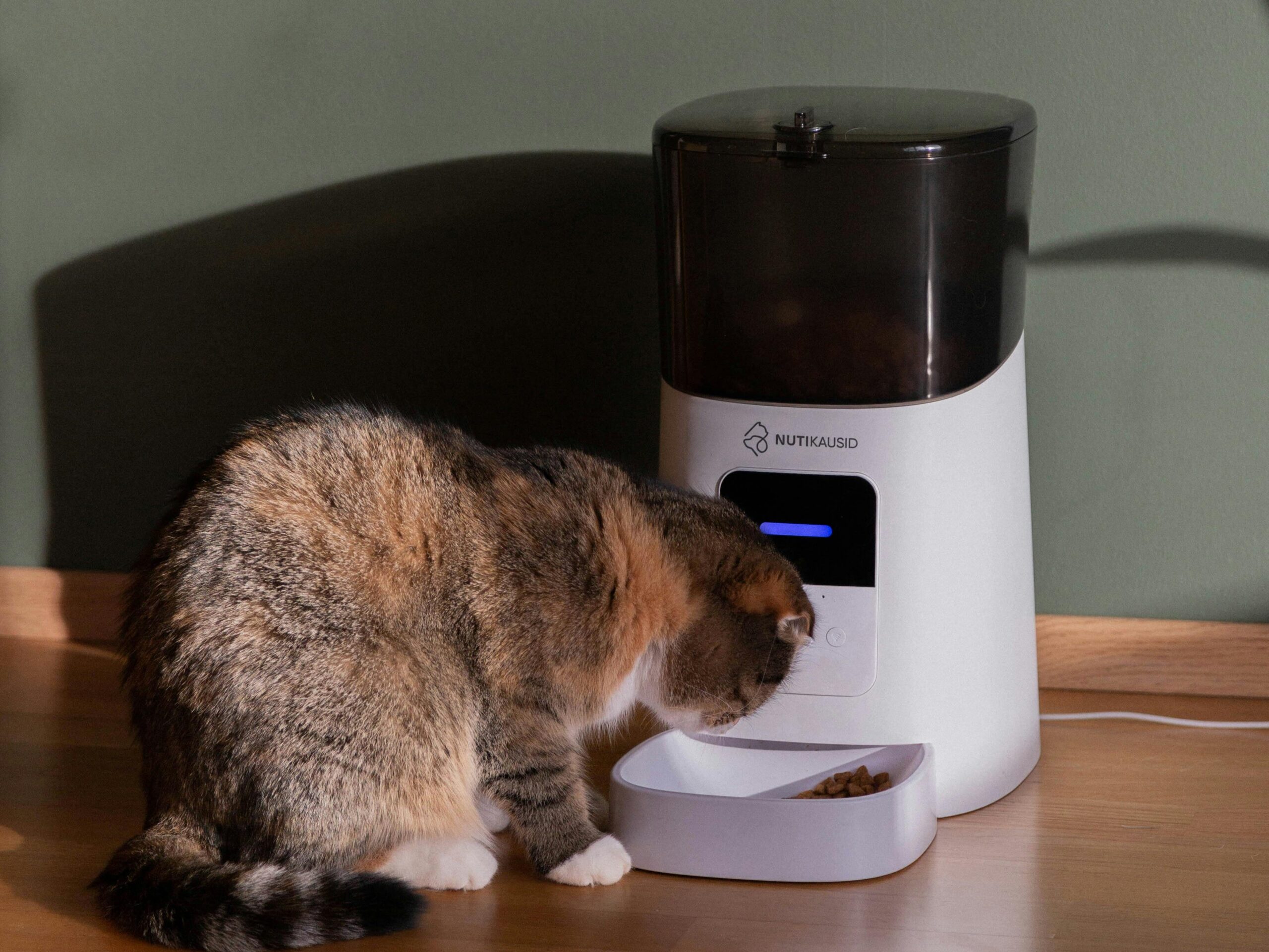
Smart feeders and pet cams help you monitor furry friends, but they create digital babysitting you weren’t expecting. You’ll get constant motion alerts, low food level warnings, and connectivity hiccups. If the device malfunctions while you’re away, it’s a scramble to get help. And not all pets like or adapt well to them.
You’ll also need to clean, calibrate, and troubleshoot these regularly. And most apps don’t consolidate—so you end up juggling several just for pet care. The convenience only lasts when everything works perfectly. Otherwise, you’re spending more time on pet tech than on your actual pet.
13. Indoor air quality monitors
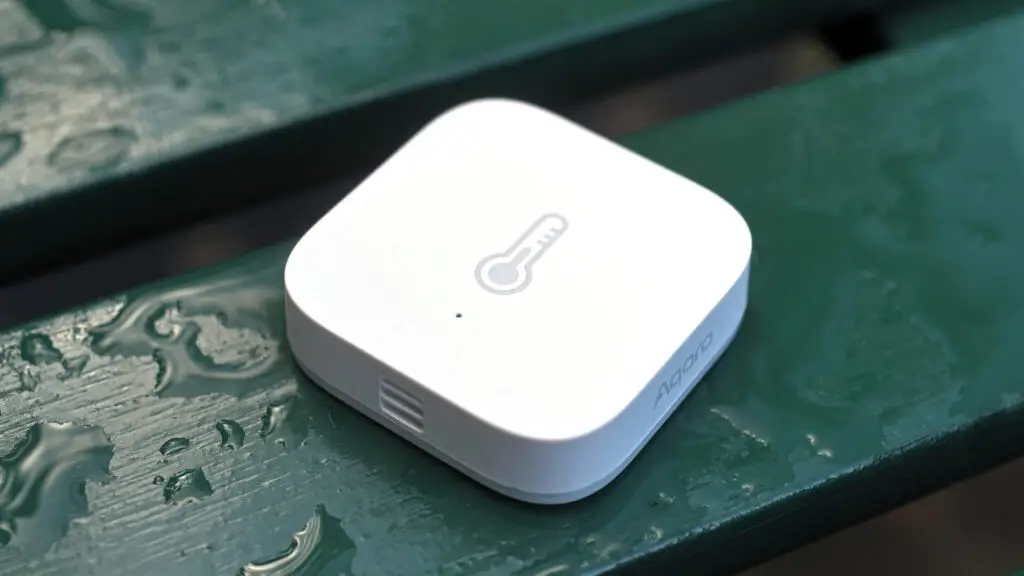
These sensors can be helpful, but they also spark anxiety and constant tinkering. One day your home’s “score” is great, the next it’s in the red with no obvious explanation. You’ll be tempted to open windows, buy purifiers, or obsess over VOC levels you don’t fully understand. It turns air management into a never-ending cycle of cause and effect.
Some of these monitors integrate poorly with HVAC systems, requiring manual action anyway. Others send false positives that spark needless concern. Instead of peace of mind, you get another daily number to worry about. It’s wellness tech that feels more like a homework assignment.
14. Smart garage doors
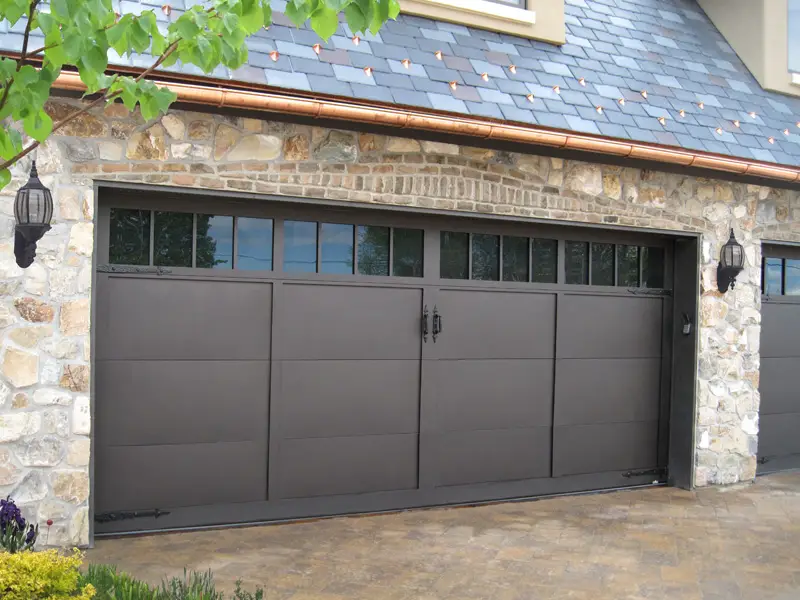
Controlling your garage door via app sounds great—until it doesn’t open or close when it should. Connection errors, battery issues, or app crashes are common. You’ll find yourself checking logs, refreshing apps, or calling support when you’re late for work. And if the power goes out, manual override isn’t always straightforward.
They also raise privacy concerns if not properly secured. Hackers have exploited vulnerabilities in older models. Plus, any feature that relies on Wi-Fi and cloud access is prone to outages. It’s one more entry point to manage in your digital fortress.
15. Smart irrigation plant sensors

These devices monitor soil moisture and light for houseplants and gardens, but they often require calibration and frequent charging. They’ll send alerts for every little change—often prompting you to water when it’s not even necessary. You may find yourself second-guessing your instincts and googling plant biology more than you ever wanted. And when they break or lose sync, your plants may suffer.
Each sensor typically has its own app, leading to clutter and confusion. Integration with smart assistants is still hit or miss. Most people end up ignoring the alerts after a while. And just like that, your low-maintenance plant hobby turns into a high-tech microfarm.
